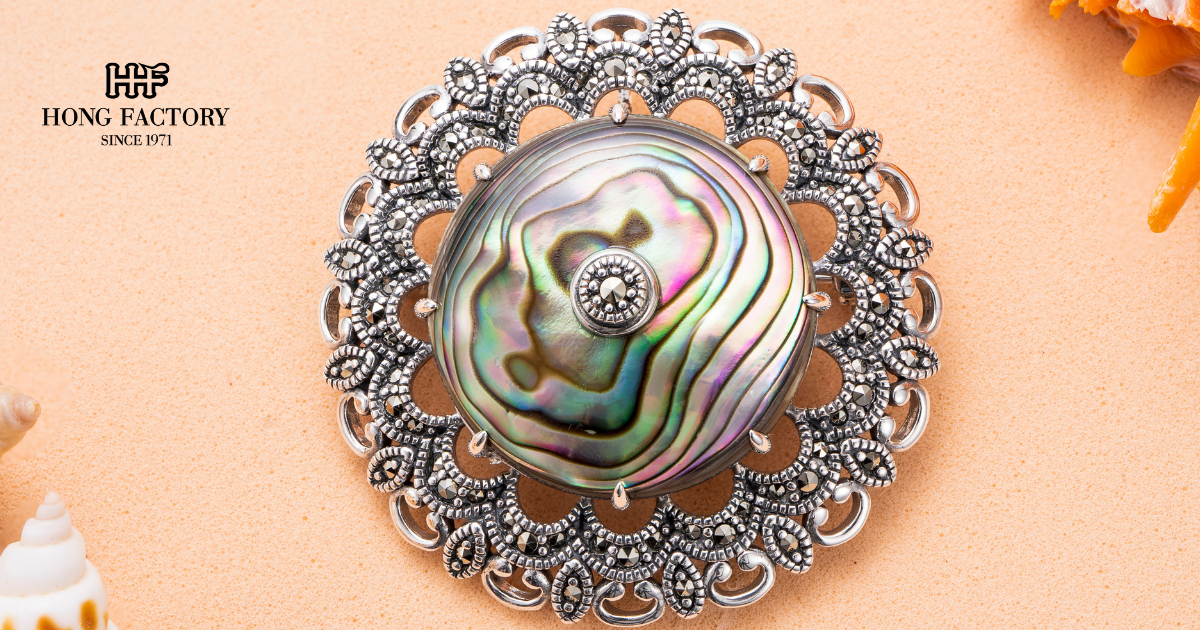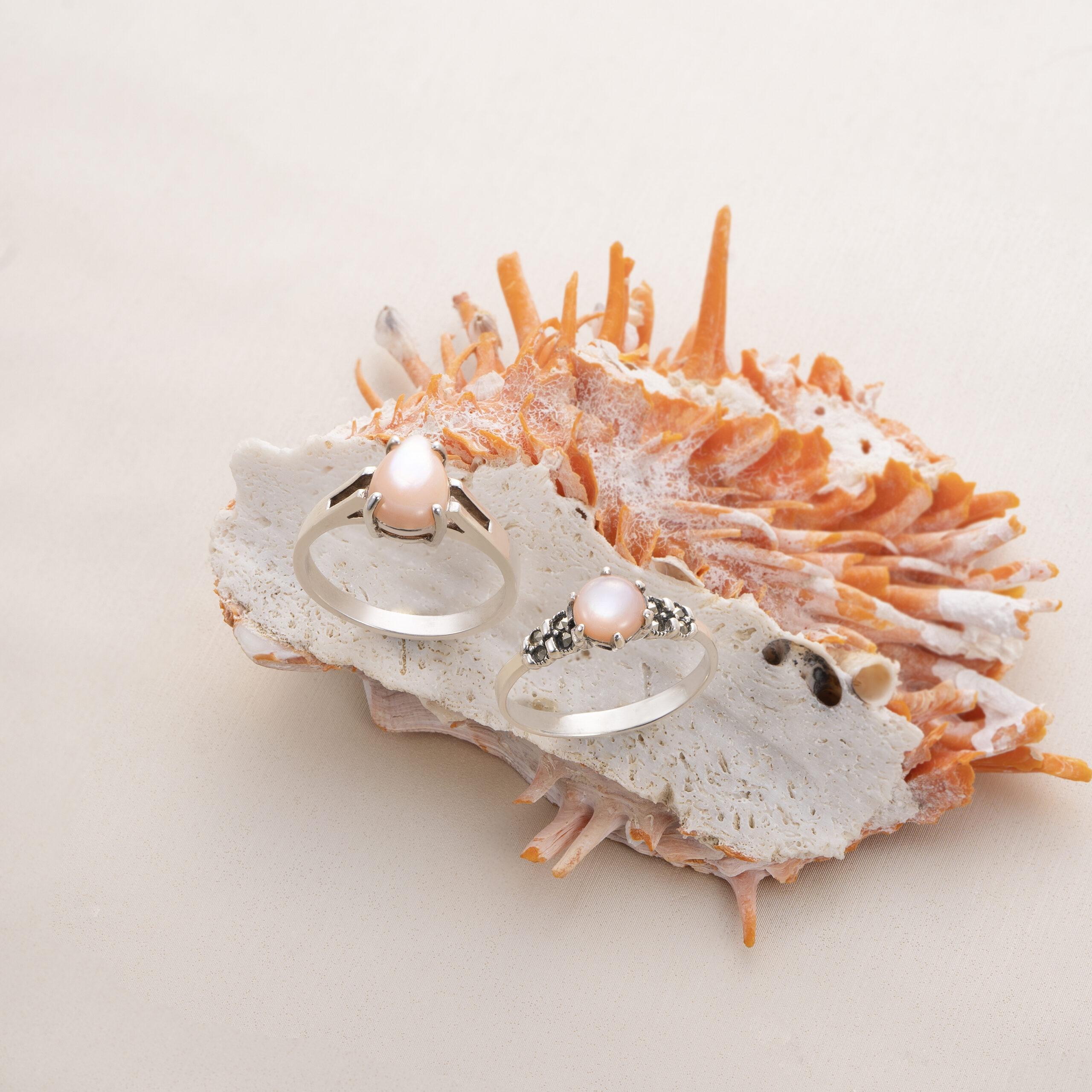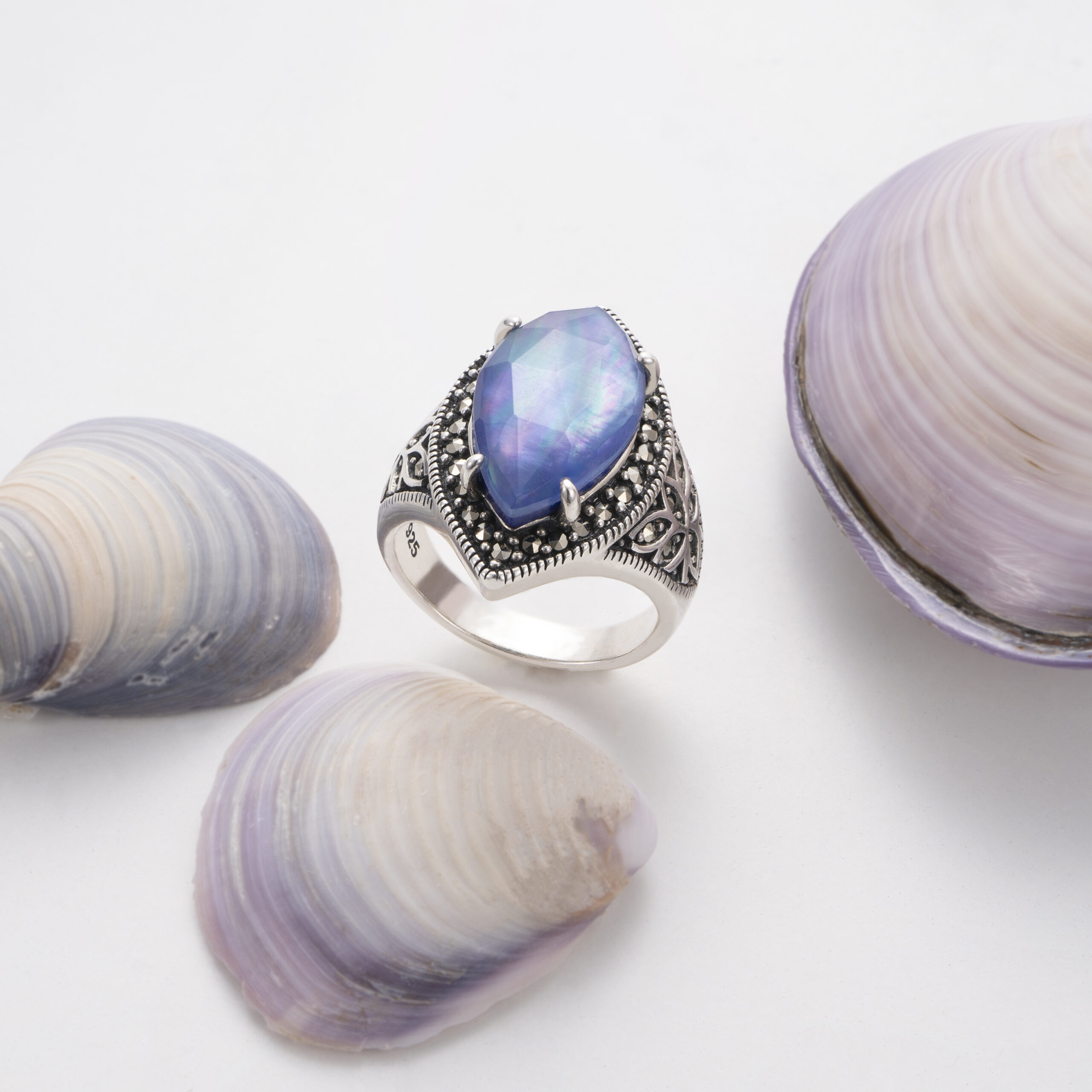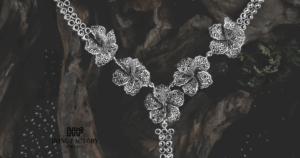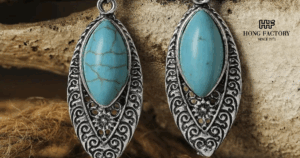ceremonial ornaments to modern-day fashion accessories, jewellery silver has evolved across civilisations, artistic movements, and technological progress. This article explores the fascinating history of silver jewellery, tracing its journey from ancient origins to its treasured place in today’s global fashion industry. 925
The Earliest Uses of Silver Jewellery
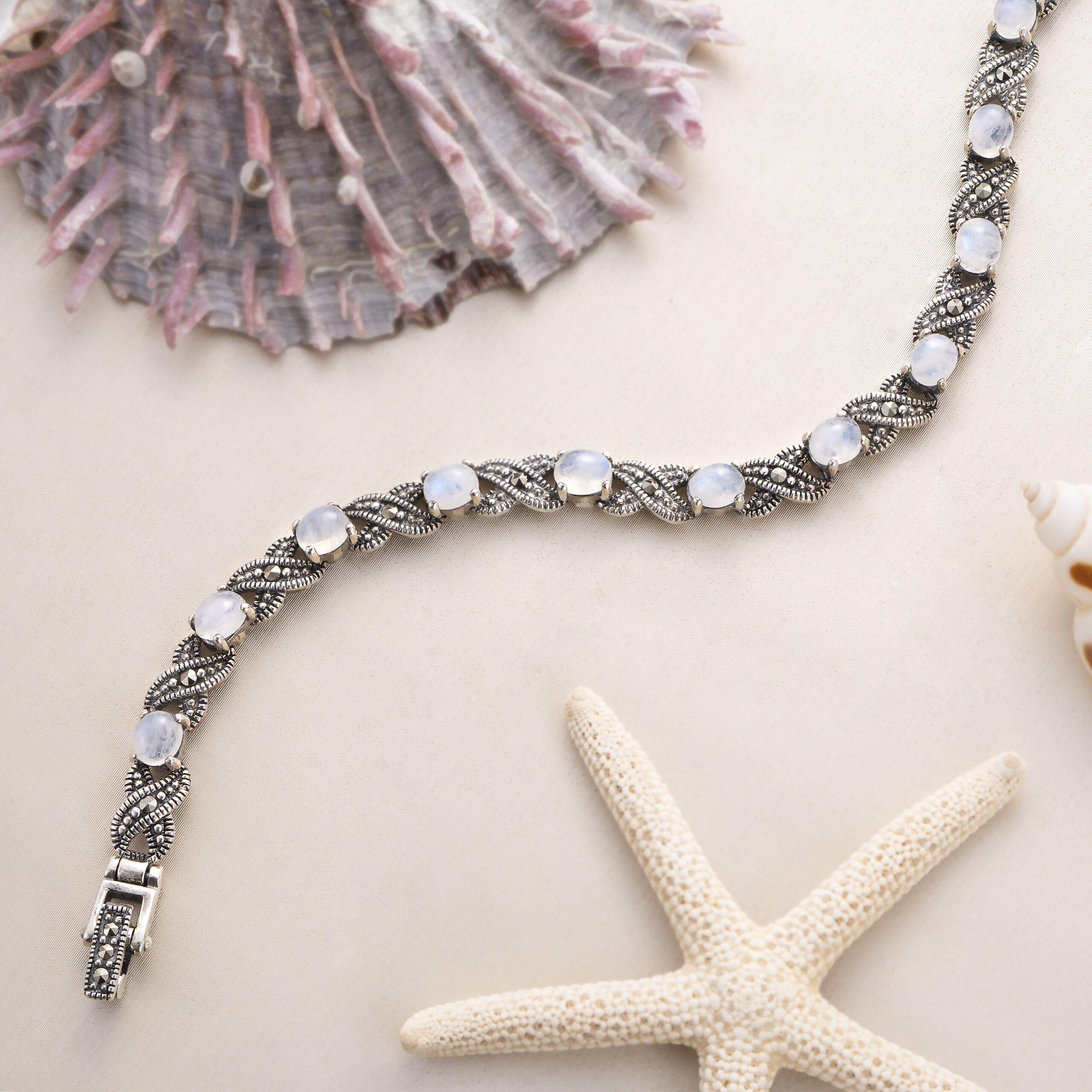
Silver is one of the first metals ever used by humans due to its natural availability and malleability.
1. Ancient Mesopotamia (circa 3000 BCE)
Mesopotamian cultures crafted:
- Silver beads
- Engraved rings
- Decorative pendants
These early jewellery pieces were symbols of status and wealth.
2. Ancient Egypt (circa 2500 BCE)
Silver was considered more valuable than gold in Egypt.
Egyptians used silver to create:
- Amulets
- Necklaces
- Beaded collars
Silver was linked to the moon and believed to possess protective powers.
3. Ancient Greece (circa 1400 BCE)
Greek jewellers perfected metalworking techniques such as:
- Filigree
- Granulation
- Hammered silver designs
Silver reflected Greek ideals of beauty, symmetry, and mythology.
4. Ancient Rome (circa 100 CE)
Romans used silver widely for:
- Rings with engraved gemstones
- Brooches for clothing
- Tableware and luxury items
Silver also became an early form of currency.
These ancient cultures shaped the foundation of today’s silver jewellery craftsmanship.
Silver Jewellery in the Middle Ages
After ancient civilisations, silver jewellery continued to flourish during the medieval era.
Symbolism and Religion
Silver was associated with:
- Purity
- Virtue
- Protection
It was used to craft religious items such as crosses, medallions, and ceremonial objects.
Celtic Silverwork
Celtic artisans produced iconic silver pieces featuring:
- Knots
- Spirals
- Mythical symbols
These designs remain popular today in modern Celtic jewellery.
Renaissance and Baroque Periods
During the Renaissance (1300–1600), silver jewellery became highly decorative.
Renaissance silver featured:
- Detailed engravings
- Nature-inspired motifs
- Gemstone-studded designs
The Baroque period (1600–1750) brought luxurious, dramatic silver pieces with bold shapes and curves.
The Victorian Era: A Golden Age for Silver Jewellery
The Victorian era (1837–1901) marked a major rise in the popularity of silver jewellery.
Silver became accessible thanks to:
- Industrial advancements
- Mass production
- International trade
Popular Victorian silver jewellery styles included:
- Cameos
- Lockets
- Mourning jewellery
- Floral motifs
This period established silver as the metal of everyday beauty.
Silver Jewellery in the 20th Century
The 20th century saw dramatic changes in jewellery design.
Art Nouveau (1890–1910)
Inspired by nature, with flowing lines and organic shapes.
Art Deco (1920–1935)
Known for:
- Geometric lines
- Bold symmetry
- Silver paired with marcasite
Silver jewellery from this era remains highly collectible.
Mid-Century Modern (1950s–1970s)
Minimalist and abstract silver designs dominated.
Boho and Hippie Influences (1960s–1970s)
Ethnic silver styles gained popularity:
- Tribal patterns
- Handmade silver jewellery
- Chunky boho pieces
Silver evolved with each fashion movement, reflecting cultural changes.
The Rise of Sterling Silver as the Global Standard
Sterling silver—92.5% pure silver—became widely adopted starting in the 12th century.
Why sterling silver became the standard:
- Ideal durability for jewellery
- Easy to craft and engrave
- Beautiful long-lasting shine
Its balance of strength and purity made it the perfect metal for modern jewellery.
Silver Jewellery in Today’s Fashion Industry
Today, silver remains one of the most popular jewellery materials worldwide.
Key reasons:
- Affordable luxury
- Versatility across styles
- Hypoallergenic options
- Eco-friendly and recyclable
Silver jewellery appears in:
- High-fashion runways
- Streetwear styles
- K-pop and J-fashion trends
- Bridal collections
- Everyday minimalist accessories
Modern designers love silver for its adaptability and elegance.
Cultural Significance of Silver Across the World
Silver holds deep cultural meanings in many societies.
Asia
- Used in traditional Thai and Balinese jewellery
- Symbolises good luck and protection
Middle East
- Silver amulets ward off evil spirits
India
- Often worn by children for health and protection
- Used in anklets, toe rings, and bridal accessories
Latin America
- Mexico is famous for handcrafted sterling silver
Silver remains a symbol of heritage and craftsmanship around the world.
Technological Advancements in Modern Silver Crafting
Modern jewellers use advanced tools and techniques.
Innovations include:
- 3D printing
- Laser engraving
- Rhodium coating
- Hypoallergenic alloys like Argentium
These technologies improve quality, precision, and creativity.
The Future of Silver Jewellery
Silver’s future looks bright.
Upcoming trends:
- Sustainable, recycled silver
- Mixed-metal designs (silver + gold)
- Gender-neutral jewellery
- High-polish minimal designs
Silver continues to evolve with global fashion demands.
Final Thoughts
The history of jewellery silver is rich, diverse, and deeply intertwined with human culture. From ancient ceremonial pieces to modern minimalist designs, silver has remained a beloved material for thousands of years. Its timeless beauty, affordability, symbolism, and artistic potential ensure that silver jewellery will continue to shine for generations to come.
Silver is more than a metal—it’s a story of craftsmanship, culture, and creativity that spans centuries.
